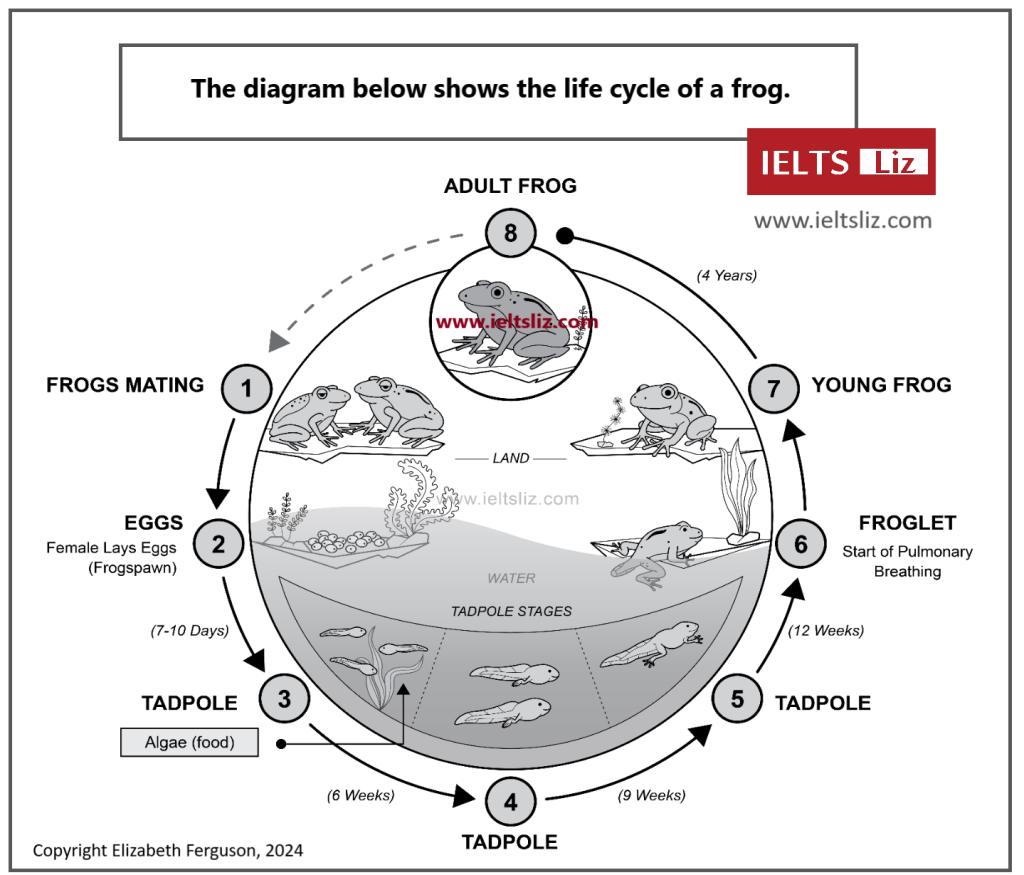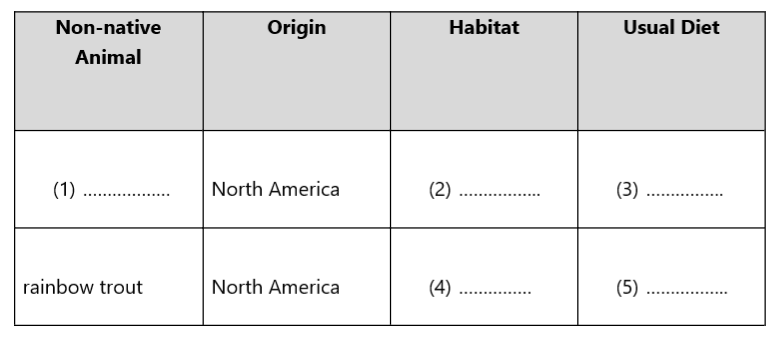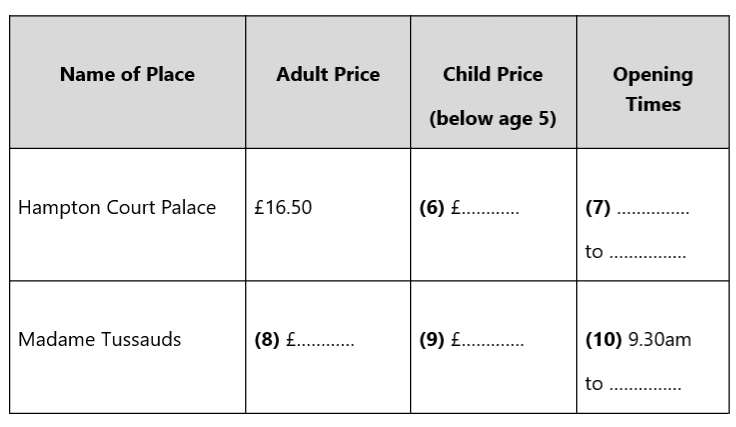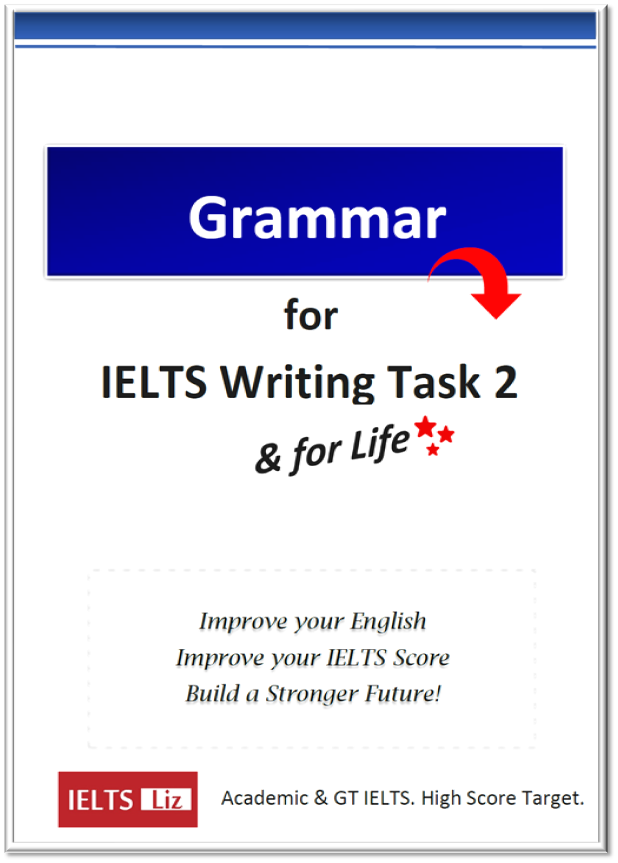In an IELTS opinion essay for writing task 2, your introduction has a Background Statement and a Thesis Statement. You should aim for between 40 to 50 words for the length of your essay introduction. While the background statement introduces the topics, the thesis statement is your answer to the task given by IELTS. It should introduce the main points and show the direction your essay will take. Below are two possible introductions with different thesis statements for the following IELTS task.
IELTS Task 2
The increase in the amount of traffic is responsible for growing problems in many large cities and this has resulted in more traffic congestion, particularly at rush hour. What measures could be taken to deal with this problem?
IELTS Essay Introductions – Comparing Thesis Statements
The introductions below have different thesis statements. Which one do you think is the best?
1. The growth in the quantity of traffic in most major cities has led to problems of congestion in the peak travel hours. There are a number of solutions to this issue which I will discuss in this essay.
2. The growth in the quantity of traffic in most major cities has led to problems of congestion in the peak travel hours. This can be solved by having a traffic free zone and improving the public transportation system offered to the public.
ANSWER
Click below:
Answer.
RECOMMENDED FOR YOU:
- IELTS Opinion Essay Model Answer
- IELTS Direct Question Essay Model Answer
- ALL FREE MODEL ESSAYS AND TIPS FOR WRITING TASK 2
RECOMMENDED VIDEO:
This is an old video but it is good and still relevant over a decade later. Please watch to learn:
HOW TO WRITE AN INTRODUCTION FOR IELTS WRITING TASK 1
.
……………………………………………………….
FREE SUBSCRIBE: to get my new lessons & tips by email
.







